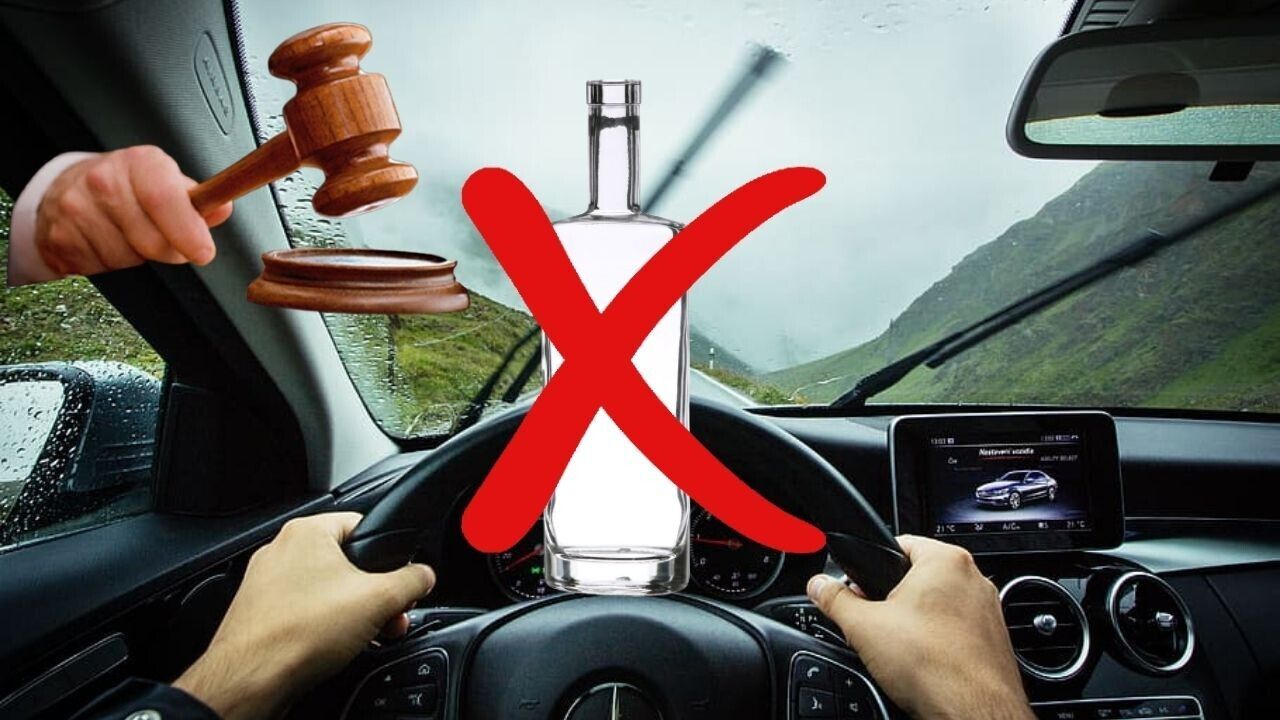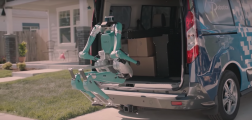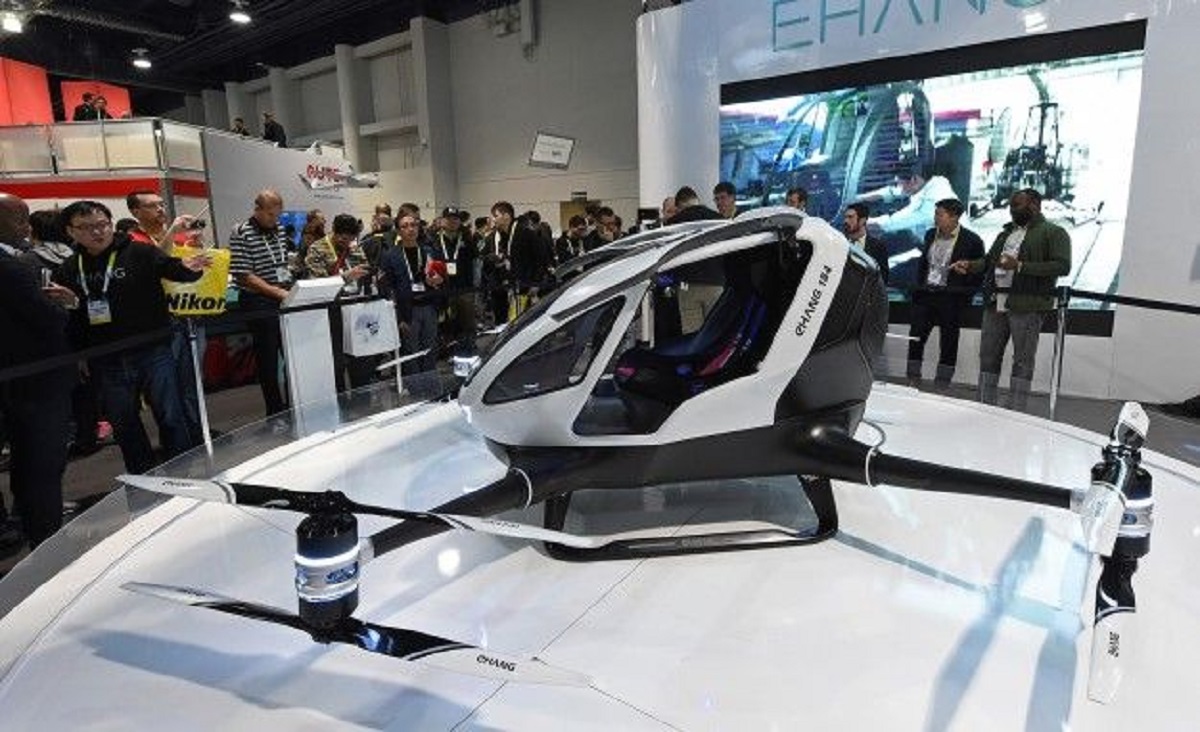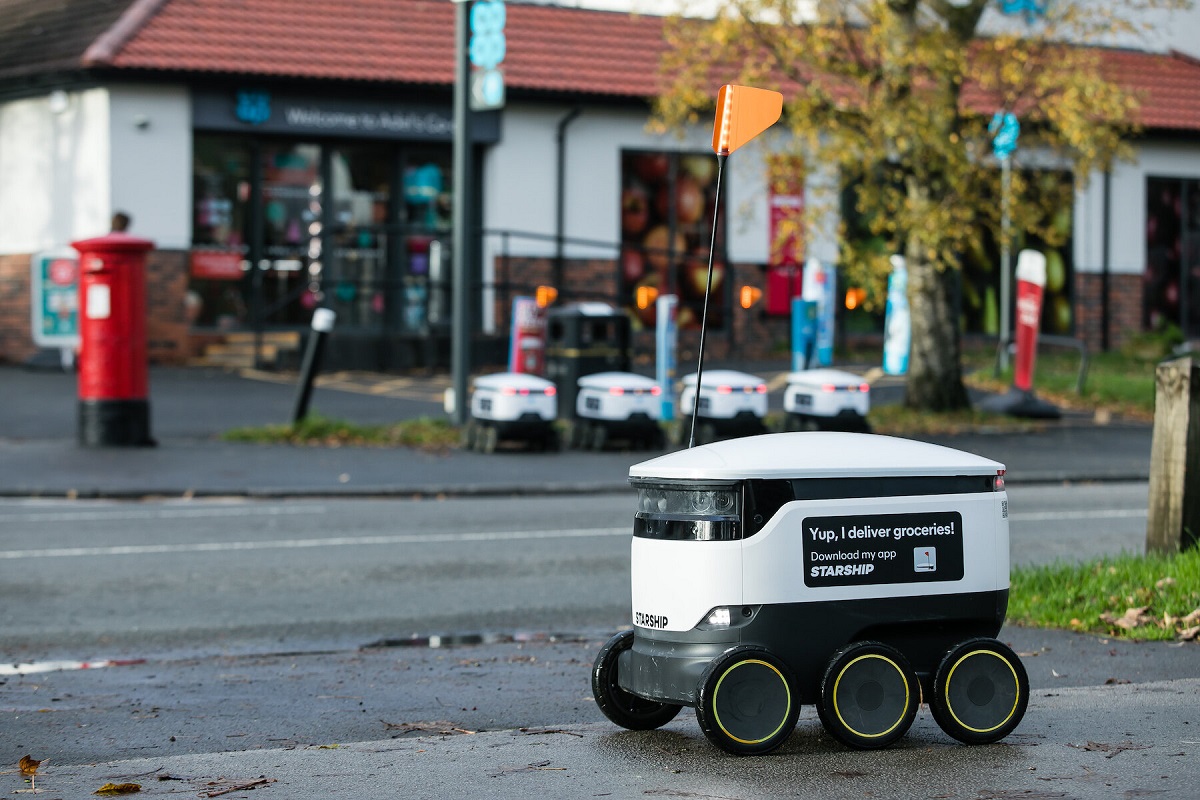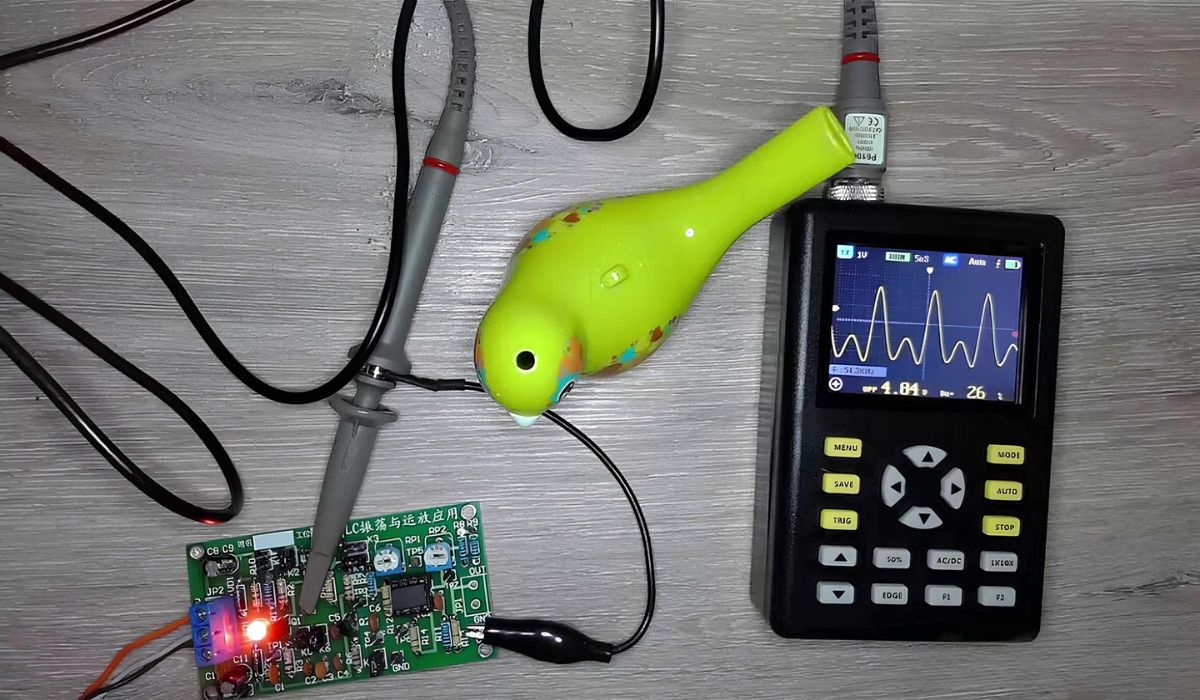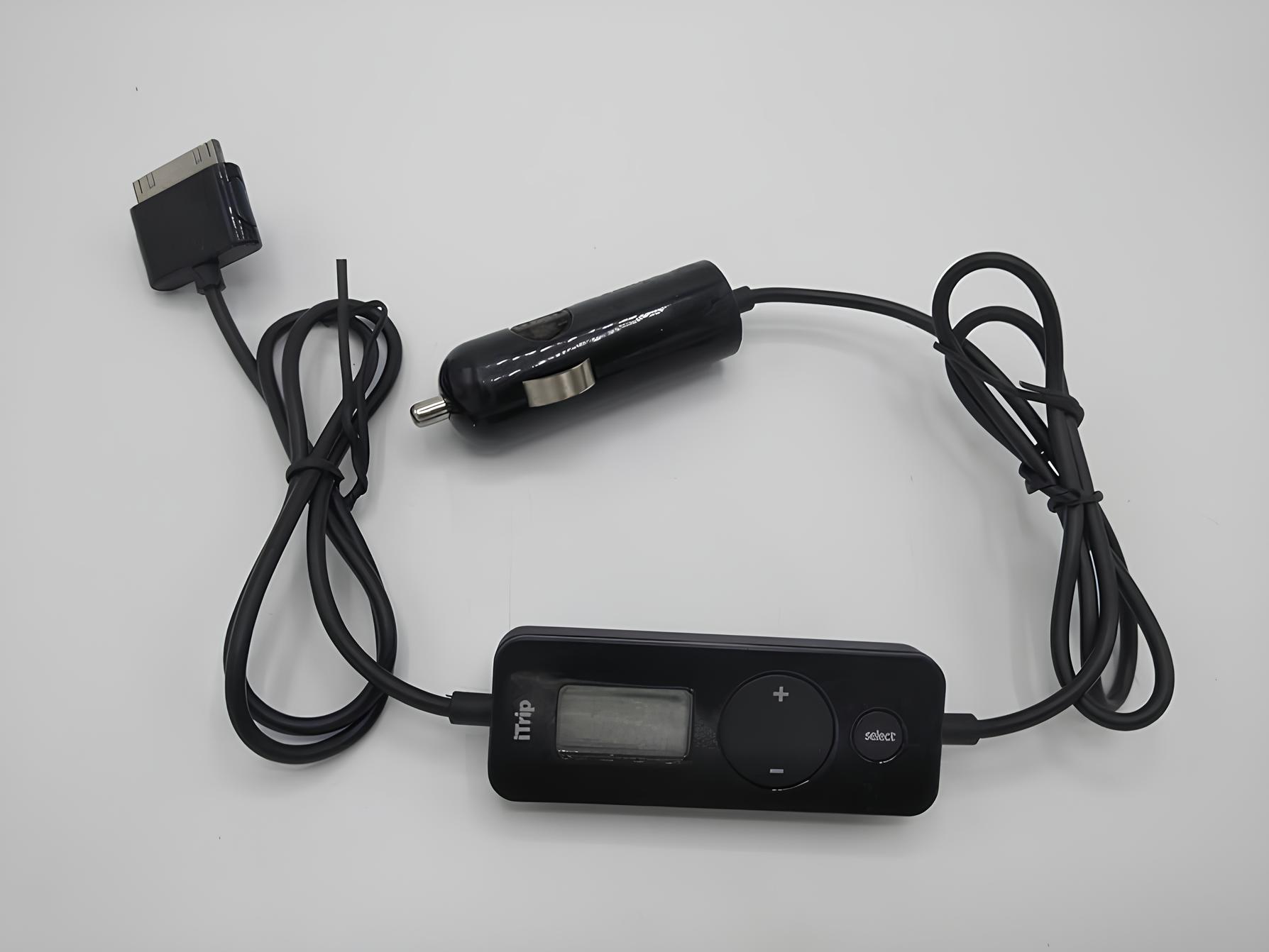The National Highway Traffic Safety Administration (NHTSA) is on a mission to develop in-car technology that can identify and prevent alcohol-impaired driving. However, the agency faces several challenges in achieving this goal, as outlined in a recent 99-page “advanced notice of proposed rulemaking” released by NHTSA.
Key Takeaway
NHTSA is working to implement in-car technology to prevent alcohol-impaired driving, but faces challenges in identifying and integrating passive detection systems that align with regulatory requirements and consumer acceptance.
Evaluating Available Technologies
NHTSA has evaluated 331 driver monitoring systems but found none that are commercially available and capable of accurately identifying alcohol impairment. While there are three systems in the research and development phase claiming to detect alcohol-based impairment, they are not yet ready for commercial use.
Potential Solutions
President Biden’s bipartisan infrastructure law tasked NHTSA with developing a federal motor vehicle safety standard to address alcohol-impaired driving. The agency is exploring passive monitoring and accurate detection of blood alcohol concentration as potential solutions. While breathalyzer-based alcohol ignition interlocks are already in use in many states, they are considered “active” technologies, which may not align with the law’s passive requirement.
NHTSA has been collaborating with the Automotive Coalition for Traffic Safety (ACTS) on the Driver Alcohol Detection System for Safety (DADSS) program since 2008. DADSS has developed touch-based methods of detecting driver impairment, which NHTSA considers a potential passive solution.
Challenges and Considerations
Despite the urgency to address drunk driving, NHTSA faces complex challenges in finalizing the regulation by November 2024. The agency is seeking public input on various issues, including the implementation of touch sensors in start-stop buttons and the potential implications of preventing a car from starting if the driver is deemed too drunk. These complexities highlight the need for careful consideration and consumer acceptance of the proposed technologies.







